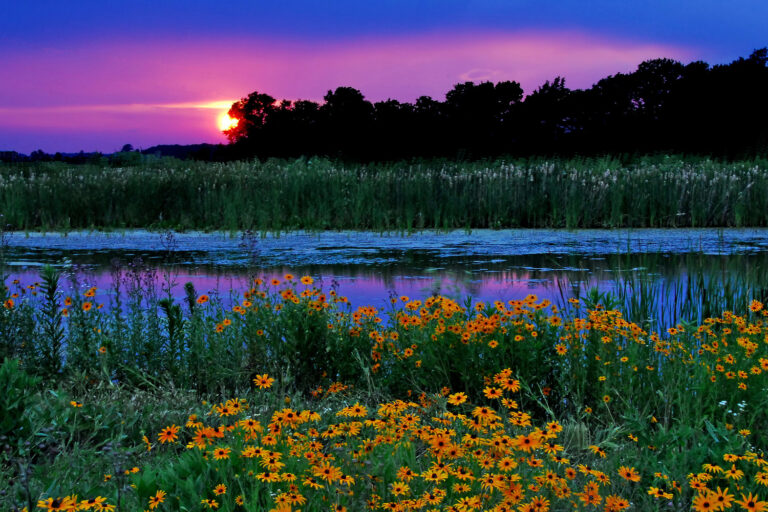A new report finds that up to 20% of the world’s wetlands could be lost in the next 25 years.
The “Global Wetland Outlook 2025,” produced under the Ramsar Convention, an international treaty for wetland conservation, uses satellite imagery, peer-reviewed studies, and economic data to create a complete picture of an ecosystem in peril. It also outlines the actions necessary to reverse the trend.
The report was published ahead of the convention’s summit, taking place in Zimbabwe from July 23-31, when delegates from more than 170 countries will gather to address the growing wetland decline.
Since 1970, more than 4 million square kilometers (1.6 million square miles) of 11 types of wetlands — an area larger than India — have been lost, the report finds. That means a 22% decline in the global extent of lakes, peatlands, bogs, marshes, rivers, mangroves, seagrass, kelp forests, coral reefs and tidal flats that once provided crucial ecosystem services, including storm protection, water filtration, carbon sequestration and habitat. Roughly 40% of the world’s plant and animal species rely on wetlands at some point in their lives.
The 14 million km2 (5.5 million mi2) of remaining wetlands provide $8 trillion to $39 trillion in ecosystem services each year, the report notes. However, roughly a quarter are degraded and being destroyed at a rate of 0.52% per year. It’s a global issue, but most pronounced in low-income regions including Latin America, Africa and the Caribbean.
The biggest threats to wetlands include land-use change, pollution, invasive species, and climate change impacts such as drought and flooding.
The report lists several ways to provide financial support for wetland conservation, such as by placing a value on the ecosystem services they provide, innovating financial investments, and a mix of public and private investments.
“The Global Wetland Outlook offers a path forward: urgently scaling up investment in locally led solutions to protect and restore wetlands for people, nature and climate,” Julie Mulonga, director of Wetlands International Eastern Africa, said in an emailed statement.
Estimates suggest that $275 billion to $550 billion will be needed annually to reach conservation goals. The report notes that protecting existing wetlands is far less expensive than restoring degraded ones.
Despite the higher costs of restoration, several case studies in the report highlight the benefits of restoration. In the U.K., for instance, an assessment found that the restoration of Wicken Fen, a peatland, would deliver far greater value — in terms of ecosystem services such as flood regulation — than the alternative of farming.
“The Global Wetland Outlook is a sobering read, but it does showcase pathways to a brighter future — if we all work together,” Coenraad Krijger, CEO of Wetlands International, said in a statement.
Banner image of sunset in a wetland, by Steve Wall via Flickr (CC BY-NC-SA 2.0).





